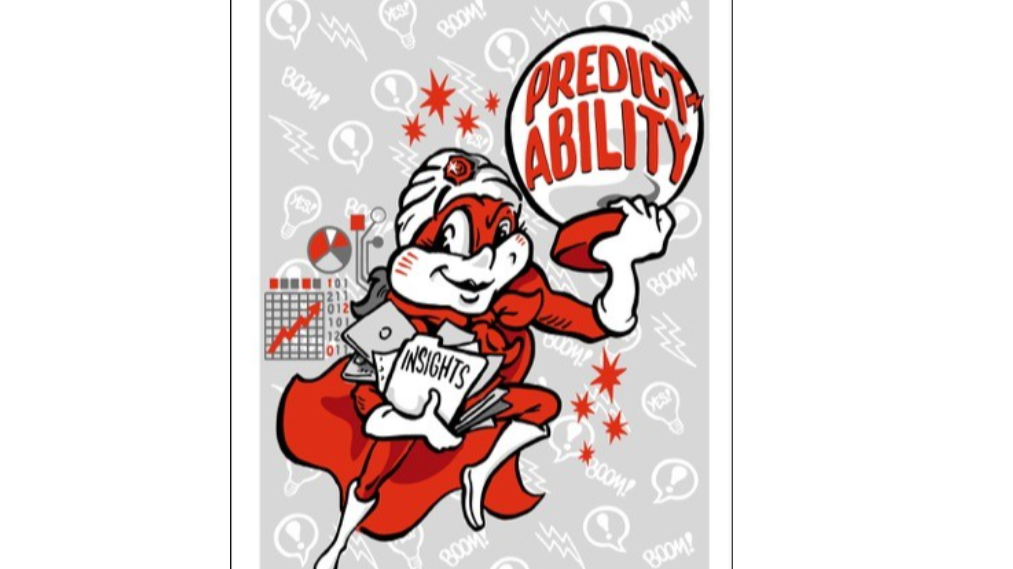How To Put On Your Cape-abilities
In this post, you’ll continue to find strategies that you can use to shake up your thinking and unleash your innovation super powers. Each post in this series defines a tool you need, gives you a summary of what that tool can do for you, some questions that stir your thinking, and an exercise to get you started using the tool. You can either use the tools from start to finish to understand all the tools in your toolkit or you can pick up any tool — play around, use it, and discover how it works for you.
The next ability in our Cape-ability series is … Predictability
Vocabulary.com defines Predictability as capable of being foretold.
I define Predictability as Foreseeability – visioning.
Predictability has only one meaning, but it can be considered good or bad depending on the context. The predictability of sunrise and sunset is extremely helpful. If a mystery novel, however, suffers from predictability, there probably won't be very much "mystery" involved and no one will want to read it.
Can we predict the needs and wants of our audience? We need insights. How might any insights we collect from the target market inform solutions? We can’t make assumptions that we know what the target needs or wants. We must collect the data and make some hypotheses grounded in knowledge.
Being able to anticipate business opportunities based on insights is one way to get ahead of the competition. The more information you have from many sources, the better. Studying the target market in their own environments — where they live, work, play and interact can lead to many insights on behavior that can be leveraged for possible solutions.
“Predictability is not how things will go, but how they can go.”
― Raheel Farooq
Provocative Q’s to ask yourself:
- Where might I get tips and hot leads on what my target market is leaning toward in either their buying or consumption habits?
- Follow the target market around to observe what they do (not in a creepy stalker way though). Ask others about their buying and spending habits. Or use a ‘perspectives exercise’ — pretend to be the target and see what information can be gained from that experience.
- Beyond the obvious information, where might unique tips that can help me move the dial faster than my competition come from? What is a need that hasn’t been met yet that could satisfy my consumer?
Exercises for predicting based on insights:
- Identify a challenge that you have, either business or personal.
- To help you solve it with innovative ideas, ask people what they think around the challenge. For example, say you volunteer at your local museum. Survey people about their museum-going experiences and capture each insight.
- Cluster the insights into themes and then make some hypotheses around each theme. “Hmmmm … there is something around unique exhibits” or “Patrons want to have interactive experiences.”
- Now use those ‘invitational stems’ to help you come up with unique solutions. Ask, “How might we ..?” or “In what ways might we ..?”
- Then come up with solutions that answer those Q’s
In a blog post from Glen Heimstra from Futurist.com, he writes that The most distinguishing feature of humans is that we contemplate the future. We are built to be futurists. This is the conclusion drawn from recent scientific work, according to Martin E.P. Seligman and John Tierney in the New York Times. In their article, “We aren’t Built to Live in the Moment,” they note that…
A more apt name for our species would be Homo prospectus, because we thrive by considering our prospects. The power of prospection is what makes us wise. Looking into the future, consciously and unconsciously, is a central function of our large brain, as psychologists and neuroscientists have discovered — rather belatedly, because for the past century most researchers have assumed that we’re prisoners of the past and the present.
Citing the work of animal behaviorists, current psychology, and most interestingly recent brain imaging research, we now know that “your brain is continually recombining information to imagine the future, a process that researchers were surprised to discover when they scanned the brains of people doing specific tasks like mental arithmetic.”
In other words, in all kinds of situations people engage in a kind of thought, rather automatically, in which they create future simulations, which then guide emotions and behaviors.
Humans have the capacity, as I have often noted, to remember the past, live in the present, and anticipate the future. It turns out we spend more time anticipating the future than we may have suspected. We became homo sapiens (the wise man) by “learning to see and shape his future, and he is wise enough to keep looking straight ahead.”
The challenge we have is to channel this innate capacity to see and shape the future into conscious creation of preferred futures. It’s exciting to know this can come naturally. And that, my friends, is predictability! Practice predictability and keep thinking about where things might go!!
In my next blog post, we will be covering our next ability, which is Possibility!
--gert--
Recent Blogs
Recent Blogs
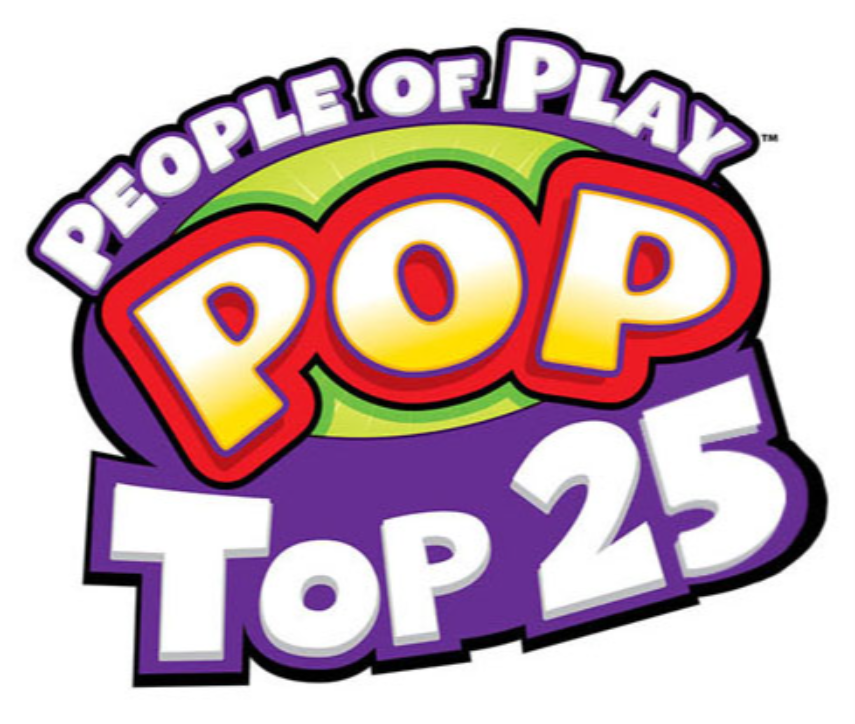
Industry Commentary, Op-Ed
The Top 25 POP Profiles of 2025

Biographies and Interviews
Ben Krenz Talks Moose Games, The Rise of Kidults, and More!

The Bloom Report
The Bloom Report Issue Archive
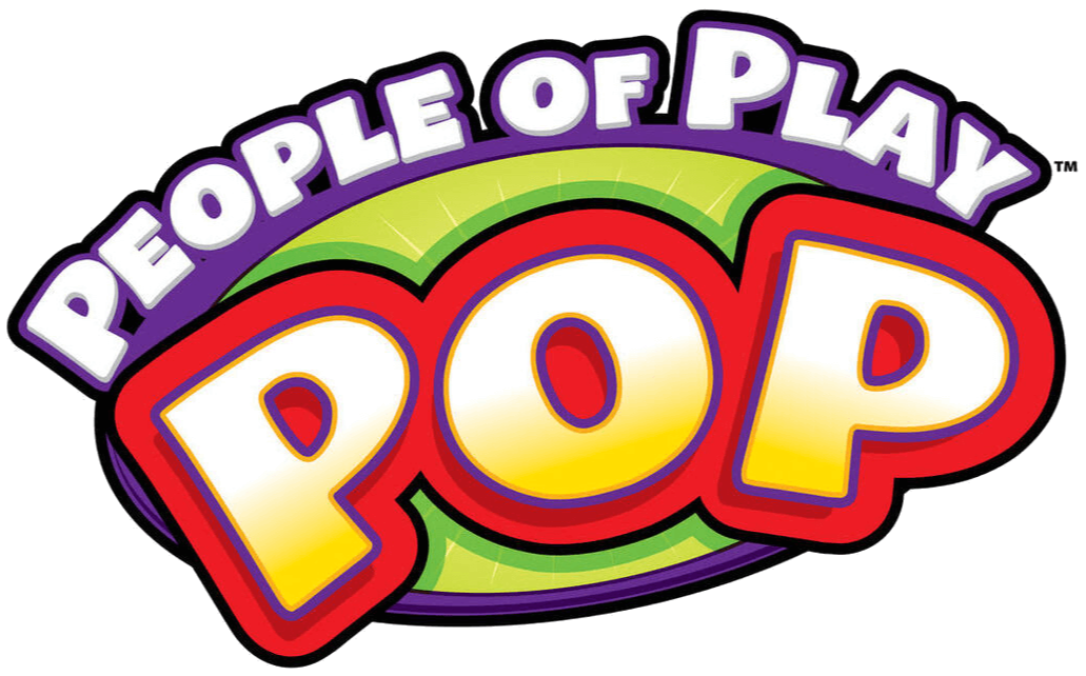
Play Through History
The Lives They Lived: Rest in Play Edition 2025

The Bloom Report
Toy and Game People Obituaries - RIP - Rest in Play
See more
Recent Wiki
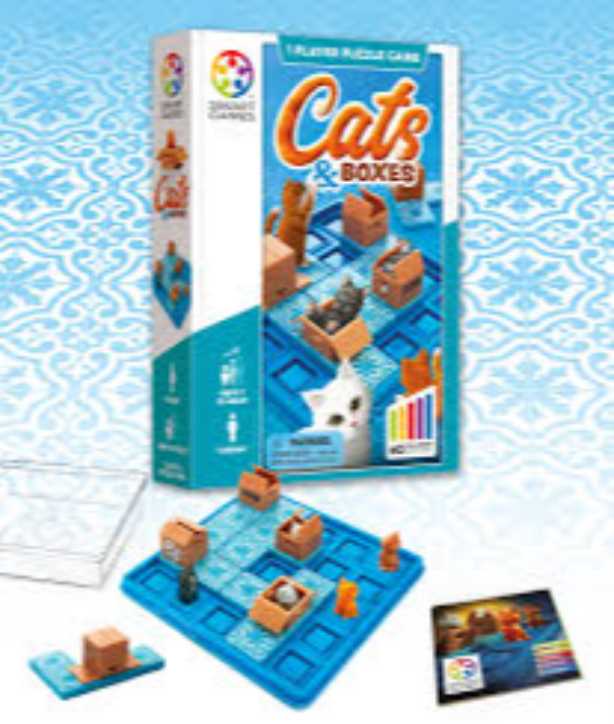
BOOK REVIEWS
Game Review: Cats & Boxes

PEOPLE
Ana Maria, Founder of The Magical Underland Inc., Rings in the Holidays with a new kind of Christmas Tree
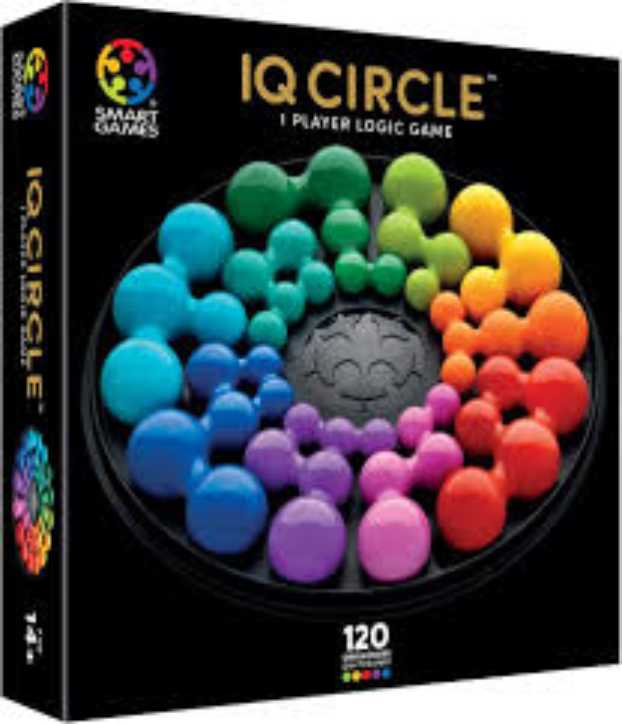
BOOK REVIEWS
Game Review: IQ Circle

PEOPLE
Catching up with Eric Olsen, The Inventor of Flip 7 and Co-Creator of Messy Table Games
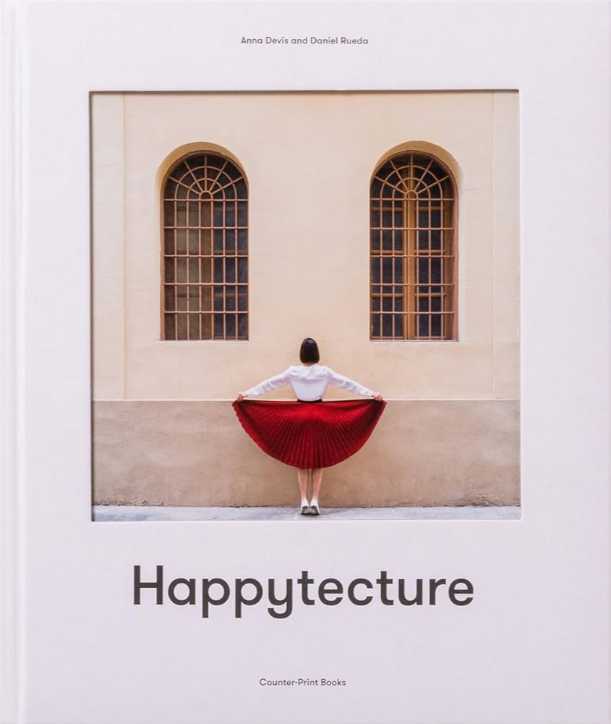
BOOK REVIEWS
Book Review: Happytecture by Anna Devís & Daniel Rueda
See more
POP's Got Talent

POP Entertainment
Randy Klimpert Shares his Ukulele Collection

POP Entertainment
Steve Casino Peanut Art

POP Entertainment
Everyone's Talking about POP!

POP Entertainment
Princess Etch - a Multi-Talented Etch A Sketch Artist

POP Entertainment
Joseph Herscher of Joseph' s Machines.
See more
Recent POPcast

Hidden Role: The Brains Behind your Favorite Games
Connie Vogelmann designed Apiary & Wyrmspan!

Hidden Role: The Brains Behind your Favorite Games
Bob Fuhrer... Is THE Crocodile Dentist!

Hidden Role: The Brains Behind your Favorite Games
Tom Dusenberry... Bought Atari, Wizards of the Coast, and Avalon Hill!

Hidden Role: The Brains Behind your Favorite Games
Matt Leacock created Pandemic... the game!

Hidden Role: The Brains Behind your Favorite Games
Scott Brown and Tim Swindle... are Launching a New Sport!
See more
POPDuos

POPDuos: Interviews with Legends and Leaders
POPDuo: Richard Dickson, Mattel’s President & COO, and Kedar Narayan, Young Inventor Challenge AMB

POPDuos: Interviews with Legends and Leaders
POPDuo: Will Shortz and Josh Wardle

POPDuos: Legends and Leaders Explore Creativity
POP Duo: Elan Lee, Co-Founder, Exploding Kittens.and Jeff Probst, Host and Exec Producer, Survivor

POPDuos: Legends and Leaders Explore Creativity
POP Duo: David Fuhrer, MNG Director, Blue Sq Innovations & Shawn Green, past Dodgers & Mets MLB Star

POPDuos: Legends and Leaders Explore Creativity
POP Duo: Bob Fuhrer, Founder, Nextoy and Tom Fazio, Golf Course Designer
See more




